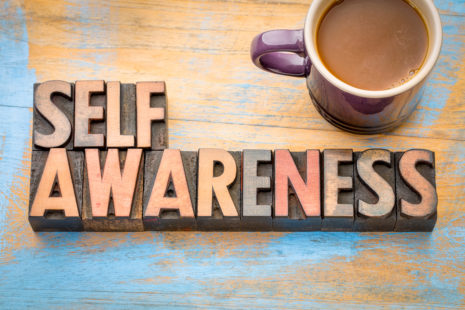The concept of emotional intelligence (EI) has been explored through various models, each providing a different perspective on how emotional intelligence is structured and how it can be applied in real-life settings.
The three primary models of emotional intelligence are…
1. The Ability Model
- Proponents – John Mayer and Peter Salovey, further developed by David Caruso.
- Overview – This model conceptualizes emotional intelligence as a set of four interrelated abilities:
- Perceiving Emotions – The ability to detect and decipher emotions in faces, pictures, voices, and cultural artifacts—including the ability to identify one’s own emotions.
- Using Emotions to Facilitate Thought – The ability to harness emotions to facilitate various cognitive activities, such as thinking and problem-solving.
- Understanding Emotions – The ability to comprehend emotion language and to appreciate complicated relationships among emotions. It also involves understanding how emotions evolve over time and predict transitions among emotions.
- Managing Emotions – The ability to be open to feelings, and to modulate them in oneself and others so as to promote personal understanding and growth.
- Assessment Tool: Mayer-Salovey-Caruso Emotional Intelligence Test (MSCEIT) is designed to assess these abilities.
2. The Mixed Model
- Proponent – Daniel Goleman.
- Overview – Goleman’s model extends the concept of EI beyond cognitive abilities to include personality traits and a wide range of skills and behaviors associated with leadership effectiveness. It encompasses five main domains:
- Self-awareness – Recognizing one’s emotions and their effects.
- Self-regulation – Managing one’s emotions to facilitate rather than interfere with the task at hand.
- Internal Motivation – Being driven to pursue goals with energy and persistence.
- Empathy – Recognizing how others feel and understanding their emotional responses.
- Social Skills – Managing relationships to move people in desired directions (effectively handling emotions in relationships).
- Application – Goleman’s model is particularly influential in organizational and leadership contexts, emphasizing the importance of emotional intelligence in professional success.
3. The Trait Model
- Proponent – Konstantin Vasily Petrides.
- Overview – This model views emotional intelligence as a collection of emotional self-perceptions located at the lower levels of personality hierarchies. It is conceptualized as a personality trait, distinct from cognitive ability, and involves behaviors that are typically self-reported.
- Key Aspects – The trait model focuses on individuals’ perceptions of their emotional abilities, including well-being, self-control, emotionality, and sociability, as indicators of emotional intelligence.
- Assessment Tool – Trait Emotional Intelligence Questionnaire (TEIQue) is designed to measure global trait emotional intelligence, focusing on individuals’ self-perceptions of their emotional abilities.
Each of these models contributes to the understanding and application of emotional intelligence in different ways. The Ability Model focuses on actual abilities in processing emotional information, the Mixed Model combines emotional abilities with personality components relevant to the workplace, and the Trait Model considers emotional intelligence as a part of an individual’s personality traits. Together, these models provide a comprehensive framework for studying and applying emotional intelligence in various aspects of life, including personal development, education, and organizational leadership.







